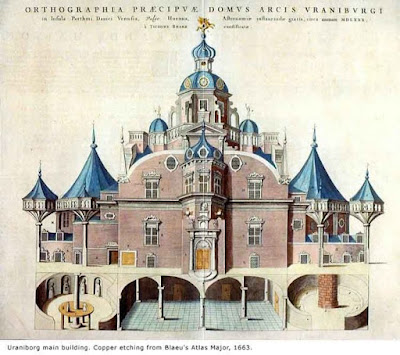At a school for blind boys, Louis came across books whose words consisted of raised letters of the alphabet; the drawback was, they took a long time to decipher. In 1821 an artillery captain, Charles Barbier, visited the school, bringing a 12-dot code he'd devised to help Napoleon’s soldiers communicate at night without light. The captain was reluctant to accept suggestions from a boy, so Louis began to experiment at night. Using an awl, he reduced the number of dots from 12 to 6 which, arranged in different positions, represented the letters of the alphabet, thus enabling the blind to both read and write.
Louis Braille had always been a sickly child, and his condition worsened in adulthood. He developed tuberculosis as a young adult and by the age of forty, he was forced to relinquish his position as a teacher. When his condition reached mortal danger, he was taken back to his family home in Coupvray.
As he lay dying Louis said, "God was pleased to hold before my eyes the dazzling splendors of eternal hope. After that, doesn't it seem that nothing more could keep me bound to the earth?" He asked for final communion about midday on January 6, 1852. After three and a half hours of agony late that afternoon, he died at seven-thirty in the evening.
Louis Braille received musical training at the Royal Institute for Blind Youth in Paris and he became an accomplished musician. He played the cello and the organ and developed a keen interest in music theory.
 |
| Bust of Louis Braille (1809-1852) by Étienne Leroux (1836-1906 |
Through the overwhelming insistence of the blind pupils, Braille's system was finally adopted by the Institute in 1854, two years after his death. In the Netherlands, braille was already taught having been introduced at the institute for the blind in Amsterdam at least as early as 1846. Braille was officially adopted by schools for the blind in the United States in 1916, and a universal braille code for English was formalized in 1932.
Braille’s original system omitted the letter W which was not part of the French alphabet.
Braille was based on a tactile military code called night writing, developed in response to Napoleon's demand for a means for soldiers to communicate silently at night and without a light source. It proved to be too difficult for soldiers to recognize by touch, and was rejected by the military.
British educator Thomas Lucas created an embossed shorthand to teach the blind to read by touch around 1830–1832, before the introduction of braille in the United Kingdom.
The average person reads about 250 words per minute, while Braille readers discern around 115 words per minute.
Only 8.5 percent of blind people use braille as their main reading medium.
Only around 10% of blind Americans know how to read Braille, compared to 1950, where 50% knew how to read Braille. This is due to a shortage of teachers to teach it and more reliance on technology as well as Braille being seen as outdated.



















